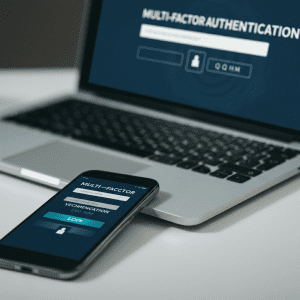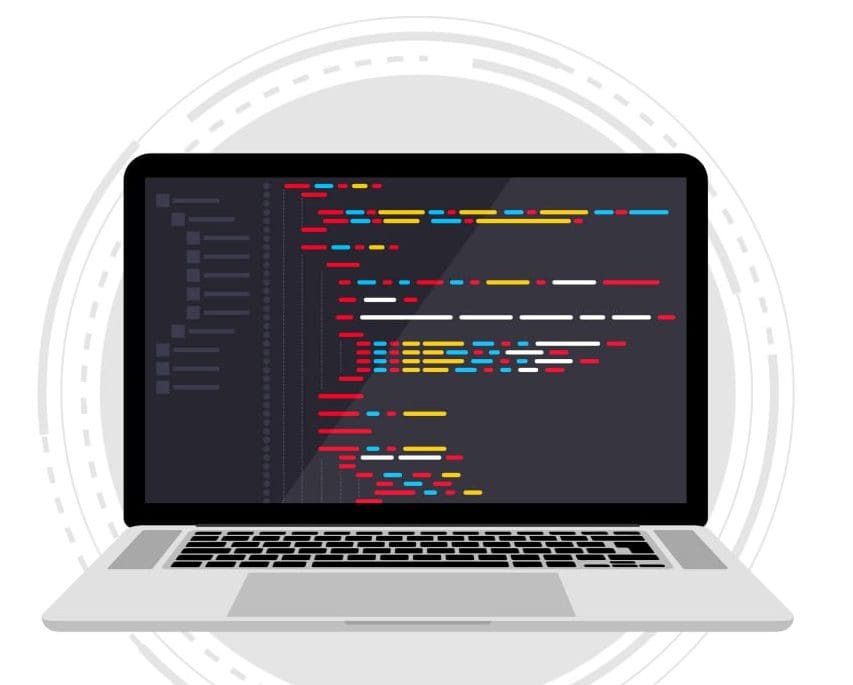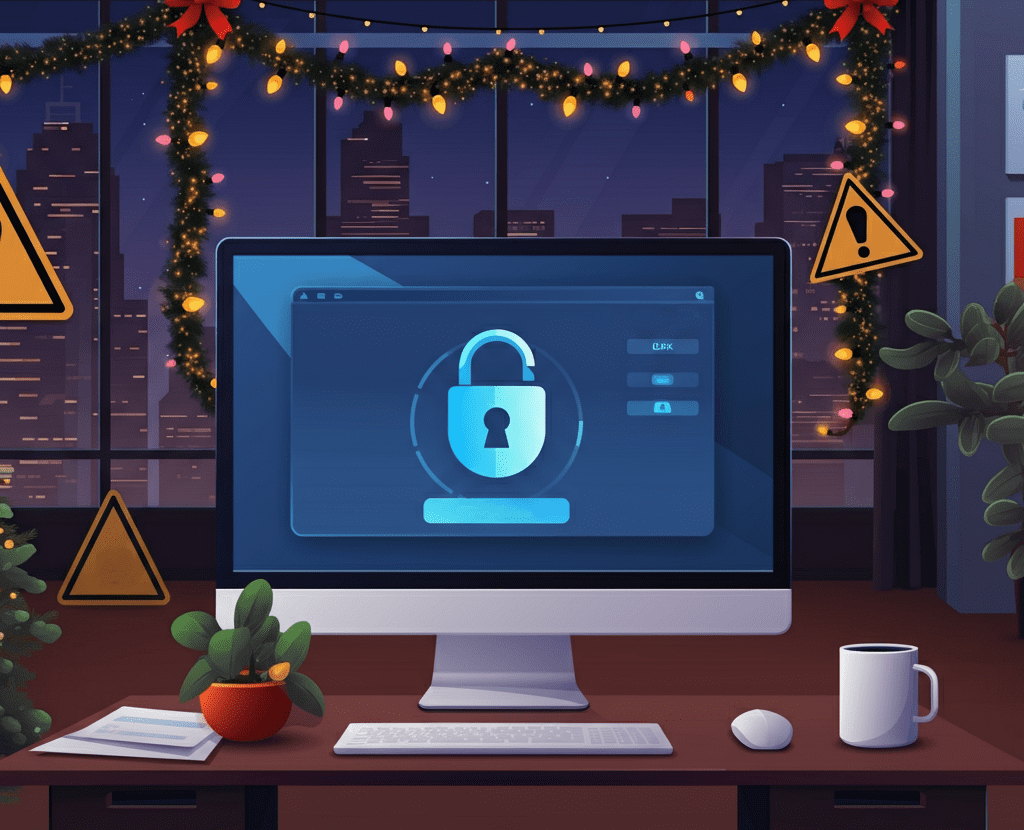
For a small business owner, running a company often means wearing many hats. From financial management to customer relations, adding “IT security expert” to your list of roles can feel overwhelming. Fortunately, you don’t need a full-fledged IT department to protect your business from cyber threats. By implementing a few simple yet high-impact measures, you can safeguard sensitive customer data, ensure business continuity, and build trust with your clients.
Below, we outline practical cybersecurity steps that are easy to set up but pack a punch when it comes to protection.
Why Cybersecurity Matters for Small Businesses 
Cyber threats aren’t reserved for large corporations. According to recent reports, 43% of cyberattacks target small businesses. Yet, many small business owners operate with a false sense of security, assuming cybercriminals won’t bother with them.
The reality is that small businesses are often seen as “easy targets” because they typically lack the robust security measures larger companies have in place. A single breach could cost thousands of dollars, compromise customer trust, and even lead to legal issues if sensitive information is leaked.
The good news? Taking proactive steps today can significantly reduce your risk—and you don’t need an advanced IT infrastructure to start.
Actions Any Small Business Can Take Today
Below are actionable steps you can set up quickly, even without an IT team. Think of them as your cybersecurity starter pack.
1. Turn On Multi-Factor Authentication (MFA)
Multi-factor authentication is like adding a deadbolt to your digital lock. Even if a cybercriminal manages to steal your password, MFA requires an additional step—such as a text message code or fingerprint scan—to access your accounts.
- Why it works: It adds an extra layer of security that is nearly impossible to bypass.
- How to implement: Many platforms, from email providers to social media accounts, offer MFA features. Go to the security section in your account settings and enable it.
A small adjustment like enabling MFA can protect your business emails, financial data, and important login credentials from unauthorized access.
2. Use a Password Manager
Weak or reused passwords are one of the leading causes of security breaches. And when you’re juggling multiple accounts, it’s all too tempting to take shortcuts like using “123456” or your pet’s name.
- What a password manager does: It generates and stores strong, unique passwords for all your accounts. All you need to remember is one master password.
- Popular tools: Look into options like LastPass, Dashlane, or 1Password. Most of these have user-friendly apps that make managing passwords a breeze.
By using a password manager, you eliminate the risk of falling victim to brute-force attacks or password reuse vulnerabilities.
3. Regularly Update Your Software
It’s easy to click “Remind Me Later” when those pesky software update notifications pop up—but skipping updates can leave your business exposed to known vulnerabilities.
- Why updates matter: Many software updates include security patches to fix loopholes that hackers exploit.
- Quick tip: Enable automatic updates for operating systems, apps, and plugins wherever possible.
Taking just a few minutes to update your software ensures you’re running the most secure versions available.
4. Back Up Your Data
Think of data backups as your safety net if things go wrong. Whether it’s a ransomware attack or hardware failure, having up-to-date backups means you can recover your critical information with minimal downtime.
- Where to back up:
- Cloud storage services like Google Drive or Dropbox
- External hard drives
- How often to back up:
- Daily, if possible, for critical files. If that isn’t realistic, aim for at least weekly or bi-weekly backups.
Having a reliable backup system in place gives you peace of mind, knowing your information isn’t vulnerable to sudden loss.
5. Educate Your Team on Cybersecurity
Your employees are often your first line of defense against cyberattacks. Simple training programs go a long way in preventing human errors like falling for phishing scams.
- Topics to cover:
- How to recognize suspicious emails or links
- Safe password practices
- Importance of locking devices when not in use
- Practical idea:
- Create a checklist of best practices for your team and revisit it quarterly.
Regular reminders help ensure cybersecurity is always top-of-mind for everyone in your business.
Final Thoughts 
Cybersecurity doesn’t mean overhauling your business overnight or investing in expensive equipment. By taking small, focused actions like enabling MFA, using a password manager, and staying current with software updates, you can make a big difference in your security posture.
Remember, these steps are just the beginning. Partnering with trusted IT experts like those at Absolute ensures you stay ahead of evolving threats while keeping your business efficient and secure. The sooner you take action, the better protected your business—and your customers—will be.
Share this Post













